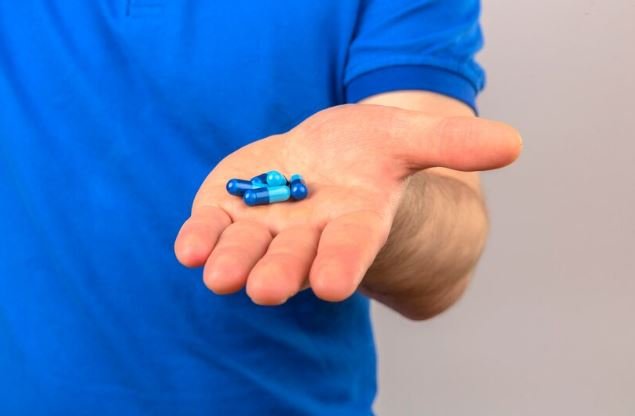Understanding the Concept of a Safety Shot

A “safety shot” is a term commonly used in various sports and games, particularly in cue sports like billiards, snooker, and pool. The primary objective of a safety shot is to prevent the opponent from having an easy opportunity to score points or make a successful play. Rather than taking a risky shot that might leave a ball in a favorable position for the opponent, players strategically use a safety shot to keep the game balanced and maintain control.
The idea of the safety shot extends beyond just cue sports, as it can also be used metaphorically in other games and even in day-to-day life. It’s about making a calculated move to minimize risks and avoid giving the opposition an advantage. In cue sports, mastering the safety shot is often seen as a sign of advanced skill, as it requires foresight, precision, and a deep understanding of the game.
Introduction to Safety Shots in Cue Sports

In cue sports, a safety shot plays a crucial role, especially in more strategic and competitive settings like snooker and billiards. When a player is unsure of their ability to make a successful shot, or if making a shot might place their opponent in a position to score, they will opt for a safety shot. The goal is to leave the opponent with a difficult position, making it harder for them to continue scoring.
A safety shot usually involves positioning the cue ball (the white ball) in a location where the opponent has limited options. For example, in snooker, a common safety shot involves hiding the cue ball behind another ball, forcing the opponent into a tricky situation known as a “snooker.” This technique is widely used in professional snooker and pool matches, where the precision of each shot matters immensely.
The Importance of a Safety Shot in Strategy

Playing a safety shot is not always about offense but defense. In games where every point matters, defensive plays can be just as important as scoring. By playing safe, players can wear down their opponents, forcing them into making errors. Safety shots are also an excellent way to regain control of the game when a player’s previous shot might have gone awry.
In essence, a safety shot is a calculated risk—a way to avoid giving the opponent an open shot while simultaneously increasing your own chances of winning. It requires strategic thinking and is often used to turn the tide of the game in a player’s favor.
Types of Safety Shots
There are several different types of safety shots, depending on the sport and the situation. In cue sports, safety shots may involve positioning balls in a way that blocks the opponent’s next move or forces them into a difficult situation. Here are a few examples:
- Snooker Safety: In snooker, the safety shot is used to either force a foul or leave the opponent without a direct shot to their target ball. Snookering an opponent, where their path to the target ball is blocked, is a common tactic.
- Pool Safety: In pool games, players might opt for a safety shot to avoid leaving the cue ball in an easy position for the opponent. This could involve gently rolling the ball to a spot where the opponent has limited options.
- Billiards Safety: In three-cushion billiards, players sometimes use safety shots to position the cue ball and object balls in a way that reduces the opponent’s ability to score.
When and Why to Use a Safety Shot

The decision to use a safety shot is based on the player’s current position and the layout of the game. Safety shots are most effective when a direct scoring attempt might be too risky, and the likelihood of leaving an easy opportunity for the opponent is high. These shots are typically employed when:
- The player is at a disadvantage: When a player does not have a good opportunity to score, they may play safe to deny their opponent any easy chances.
- The table is in a tough position: If the balls are spread out in such a way that a direct shot could lead to a dangerous situation for the player, a safety shot is a good defensive measure.
- The player wants to regain control: Sometimes, a safety shot is used to turn a tough situation into an advantage. By forcing the opponent into a tricky position, the player can regain control of the table.
Conclusion
A well-executed safety shot can be the difference between winning and losing in cue sports. It requires a mix of precision, strategy, and knowledge of the game. In competitive matches, players often practice safety shots just as much as they do scoring shots, knowing that defense is as crucial as offense.
While safety shots are mostly associated with cue sports, the idea of playing “safe” can be applied to many other areas of life, games, and strategies. Learning when to use a safety shot—and executing it well—can improve a player’s chances of success significantly. It’s a crucial aspect of strategy that can frustrate opponents, build momentum, and ultimately lead to victory.
FAQs About Safety Shots
Q: What is the main purpose of a safety shot in pool or snooker?
A: The main purpose is to avoid giving the opponent an easy shot by positioning the cue ball in a way that limits their options.
Q: When should I consider playing a safety shot?
A: You should consider playing a safety shot when taking a direct shot is too risky or when it could leave your opponent with a good opportunity to score.
Q: Are safety shots only used in cue sports?
A: While they are most commonly associated with cue sports like snooker and pool, the concept of a safety shot can be used in other games and strategies as a defensive tactic.
Q: How do professional players use safety shots?
A: Professional players use safety shots to control the pace of the game, avoid risky plays, and force their opponents into difficult situations where mistakes are more likely.Q: Is it difficult to learn safety shots in cue sports?
A: Learning safety shots takes practice, especially in positioning the cue ball accurately. However, with regular practice and strategy, players can improve their ability to execute them effectively.





